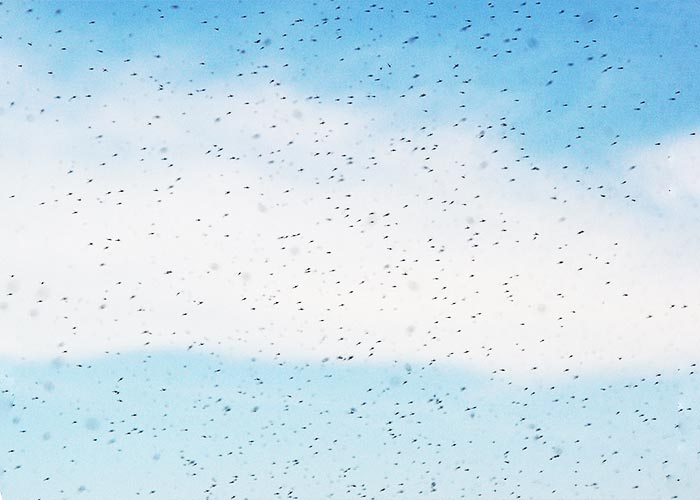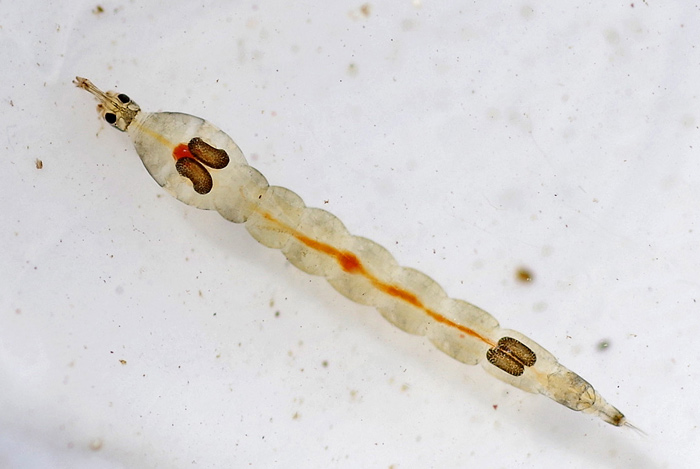Black fly – The Bug. The Legend.
Black flies are also called turkey gnats and buffalo gnats, and people who live in black fly country have a whole bunch of other names for them that can’t be repeated here. Entomologists call them true flies (order Diptera) in the family Simuliidae. There are more than 1,800 species in the family worldwide (100 in North America; 30 in Wisconsin), and most of them belong in the huge genus Simulium. What do they look like? Their hump-backed thorax and down-tilted head makes buffalo gnat a good nickname. BFs are tiny (5 to 10 mm) and dark, with clear wings, many-segmented antennae, and big eyes (and teeth, just kidding).

